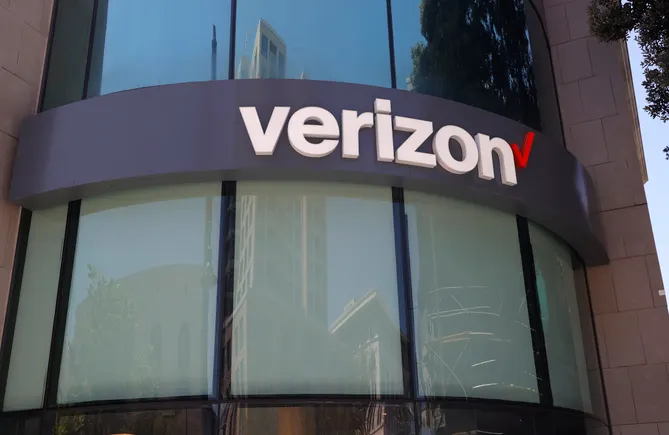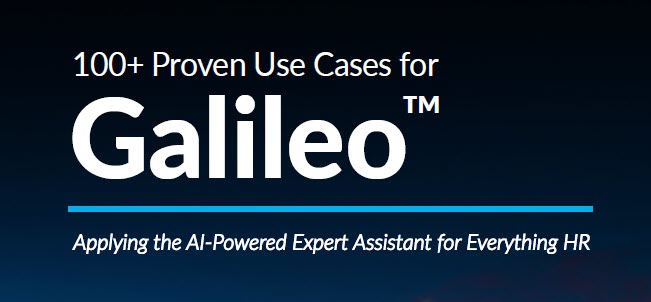As rates of employee stress and burnout continue to soar, employee wellbeing is at an inflection point: Employees—particularly younger ones—are making their health and wellbeing a priority, and they increasingly expect their employers to do the same.
In a survey of 5,000 global employees, corporate wellness platform Wellhub found that workforces are moving away from “squeezing” healthy habits into their routines.
Nearly two-thirds say they have become more “intentional” about their wellbeing in the past few years. Yet, there are clear demographic differences, with younger workers “leading the way,” according to the research: Almost three-quarters of Gen Z employees report meaningful improvements to their wellbeing in the last five years, along with 68% of millennials; just 59% and 55% of Gen Xers and Baby Boomers, respectively, agree.
As employees place a greater emphasis on their wellbeing, it highlights gaps in traditional employer strategies. In the last year, employee satisfaction with corporate wellness programs dropped from 41% to 29%.
While employees are seeing results from investing in their wellbeing—about 89% of those surveyed said their performance at work improves when they prioritize their wellbeing—burnout remains rampant. About 90% of survey respondents report burnout symptoms in the last year.
Among the issues, employers appear to be targeting wellbeing through fragmented approaches rather than embedding genuine investment in employee wellbeing in their cultures.
“If HR leaders can communicate to the C-suite the economic impact of failing to create a culture of wellness, it should open the conversation to creating a holistic culture of wellness to prevent burnout and increase productivity,” says Livia Martini, chief people officer at Wellhub.

Younger workers, who view “mental health not as a stigma, but as a strength,” she says, can be critical to driving culture change. Wellhub found, for instance, that Gen Z are the most likely to have attended therapy in the last year and report positive outcomes on both their personal and professional lives.
Harness that openness, Martini says, to fuel change across the organization, such as through more visible conversations around mental health, expanded access to support programs and holistic programs that address the link between physical and mental health—fitness challenges, nutrition support and sleep initiatives, Martini suggests.
The role of community
Importantly, HR can take advantage of younger workers’ willingness to talk about mental health and wellbeing, using their voices to break down stigma.
“When HR empowers younger employees to lead by example in both their mental and physical wellness practices, it creates cultural permission for others to follow,” Martini says. Gen Z’s investment in wellness can become a “catalyst for broader engagement, stronger connections and a truly holistic wellbeing culture across the company.”
Regardless of age group, a majority of employees surveyed by Wellhub noted the importance of community and social support to sticking to their wellness routine—and 83% said they’d gravitate toward a wellness initiative with a team or community component.
“Encouraging a company-wide culture of wellbeing—one that fosters shared motivation and peer support—is the biggest driver of lasting adoption.”






















